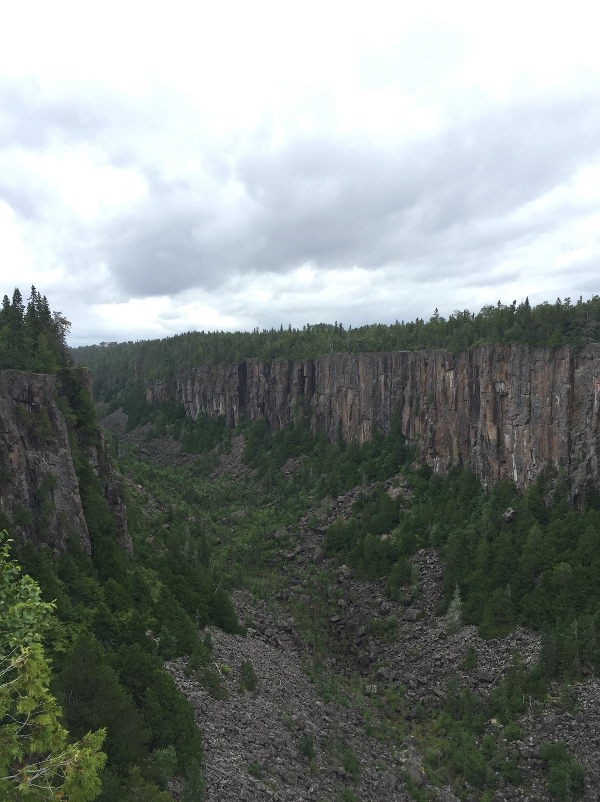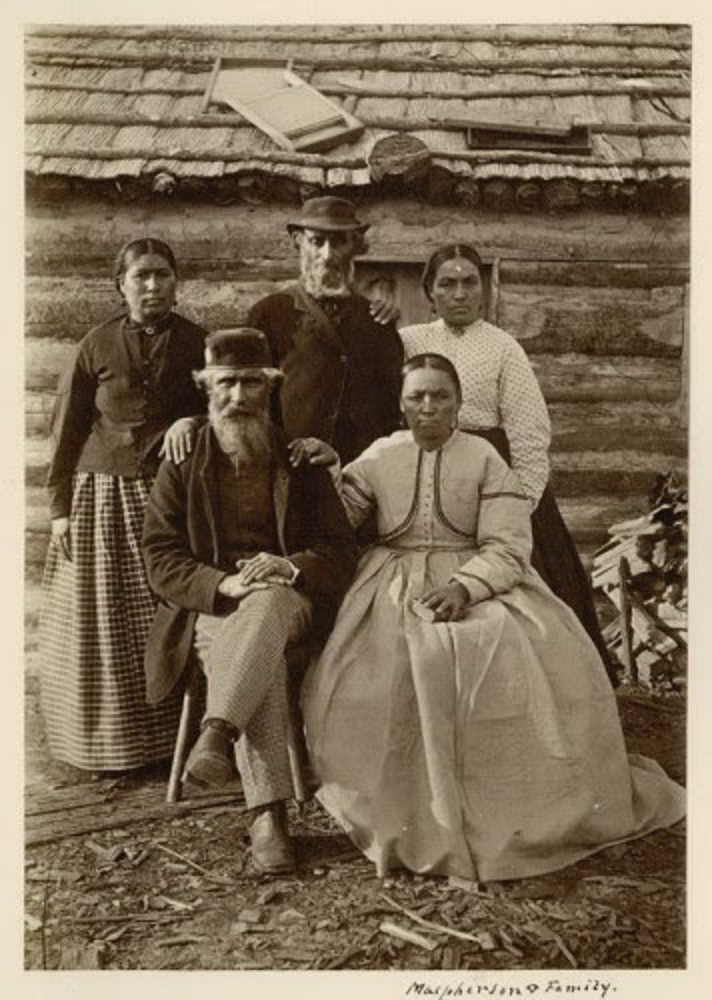How refusing to change the name or tear down the statue adversely affects Indigenous students
Disclaimer: The use of the word “Indigenous” in this article is meant to refer to all original people of what is now called Canada. In Canada, there are three separate groups of Indigenous peoples recognized by the Canadian Constitution: First Nations, Inuit, and Métis.
I would also like to acknowledge that the land I live on today is the traditional territory of many Indigenous nations, including the Mississaugas of the Credit, the Anishnabeg, the Chippewa, the Haudenosaunee and the Wendat peoples. This land is still home to many First Nations, Inuit and Métis peoples. As such, “Canadians” will be referred to as “Canadian settlers” throughout this piece.

I was born in Thunder Bay, Ont. The hospital where I was born is a five-minute walk from the Kaministiquia River. The McIntyre River flows just behind the house where my father lives. As a child, he would take me on bike rides and we would stop and stare at the water, the way it never stopped running.
Since 2000, nine Indigenous bodies have been pulled from the McIntyre and the Kaministiquia River. Those bodies belong to children from the neighbouring Nishnawbe Aski Nation Indigenous communities, children whose same blood runs through me, my sister, my mother and the rest of her family. We are Métis, which literally translates into mixed blood. Mixed blood in a river that never stops running.
I am going to write their names here: Jethro Anderson, Curran Strang, Paul Panacheese, Robyn Harper, Reggie Bushie, Kyle Morrisseau, Jordan Wabasse, Josiah Begg and Tammy Keeash. All of their deaths were ruled as accidental or undetermined cause.
I am white. I do not worry that passing cars will throw rusted trailer hitches at my body, as in the case of Barbara Kenter. When I walk down Gould Street, I know that I exist in a community that supports me. When I see police cars, I am allowed to think of safety. If I were to go missing, I have a body that society has deemed worthy. I would be looked for. I cannot say the same for the rest of my Indigenous community.
I can exit out of articles that deem a Ryerson University name change unnecessary. I do not feel fear when I walk past the Egerton Ryerson statue, scared that someone will be empowered by the university’s support of Ryerson’s past and decide to hurt me. I cannot say the same for the rest of my Indigenous community.
When we ask for a name change, we are asking to change the systems that put those nine bodies in the river. The systems that subsequently killed Barbara Kentner. The system that allows Indigenous peoples to be overrepresented in jails and foster care across Ontario. To be racially discriminated against, harassed, assaulted, on their own land.
While the thousands of students who signed petitions calling for a name change and the removal of the Egerton Ryerson statue may not share the same view as Alex Cyr’s article, “What’s in a name change?”, the signatures are merely a surface level representation of reconciliation at Ryerson. In reality, Cyr’s article reflects another, more sinister sentiment that has been building on campus for years. One of anti-Black and anti-Indigenous racism, failed reconciliation and years of stagnancy.

On a Ryerson Conservatives Instagram post that states that the group will defend Egerton Ryerson’s statue, a comment by David Jardine asks if the group is “defending not just a statue but the sexist, racist, colonial order and systems?” Samuel Sedaghat, the group’s vice-president of events, proudly answered. “Yes. They’re the best anywhere in the world.”
On that same post, Sedaghat went on to say that, “I recognize that some people may be offended by [Ryerson’s] actions. I simply think that isn’t reason enough to have [the statue] removed.” In a similar vein, three years prior, Ryerson president Mohamed Lachemi echoed that thought. “My background is engineering,” the president said. “I like to build things, I don’t like to destroy things.” The argument that there just isn’t enough reason to tear the statue down has been dominating the discourse for years.
Salina Nichols was cautious about attending Ryerson, fearful that her Indigenous background would make her a target of racism. She is Ojibway, the second largest First Nations population in Canada. “I remember wanting to have sleepovers with my white friends, but their parents wouldn’t let them come to my house because I lived on a reservation,” she told me.
In the 1970s, Harvard professor Chester M. Pierce coined the term “microaggressions,” which are defined as small, everyday insults aimed towards people of colour. They often pass by unnoticed by white people, veiled as “compliments.” But these racist actions build up.
“People think the name of a school doesn’t really matter,” Nichols says. “But it does.”
Attending a school named after a person who facilitated the murder, sexual and physical abuse of your family is a constant, beating microaggression.
There are very few studies into the prevalence of post-traumatic stress disorder in Indigenous communities. Nonetheless, a study done on a group of 127 residential school survivors found that 64.2 per cent met the criteria to be diagnosed with PTSD. In contrast, a large-scale survey found a lifetime prevalence rate of 9.2 per cent among Canadian settlers.
When we talk about survivors of sexual and physical abuse, we often talk about triggers. Survivors can be retraumatized by reminders of their assault: body odour, scenes in a movie that mirror their experience, seeing their attacker. Those that attended residential schools were brutally beaten, starved and raped. Still, we forget about their retraumatization. Still, we erect statues of their abusers. Another constant microaggression.
In Thunder Bay, billboards have gone up demanding justice for Barbara Kentner, who was killed after being hit with a rusted trailer hitch that was hauled from a moving vehicle. In a description of the incident, the alleged attacker yelled “I got one!”
Kentner’s smiling face looks over the worn-down highways. “We stand with the Kentner family,” reads the billboard. Brayden Bushby was charged with manslaughter and aggravated assault, but his court date has yet to happen after being pushed from mid-October to early November.
I often think of Gould Street as a smaller version of Thunder Bay. Both spaces serve as a constant reminder of racism. Both spaces brush these reminders under the rug, claiming that a name change is too expensive, that the statue doesn’t need to come down.
I don’t know why we need billboards. Barbara’s death should’ve been enough. I don’t know why we need petitions. One Indigenous student should’ve been enough.
This article may have been created with the use of AI tools such as
